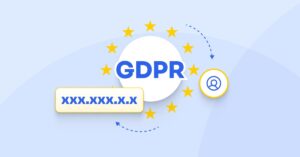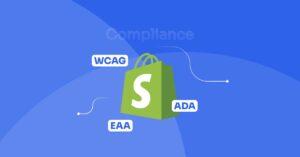Introduction
The well-known General Data Protection Regulation (GDPR) is a comprehensive data protection law that came into effect in the European Union (EU) in 2018. It aims to protect the personal data of EU citizens and give individuals more control over their personal information.
One significant key aspect of the GDPR is the requirement for companies to obtain explicit consent from users for the collection and processing of their personal data. This consent must be obtained through a “cookie banner”, a pop-up window that appears on a website and explains how the site uses cookies and other tracking technologies. To ensure compliance with GDPR requirements, it is crucial for companies to regularly review and update their cookie banner and related policies and procedures.
The GDPR applies to all companies operating within the EU, regardless of their location. This means that companies based outside of the EU must also comply with the GDPR when targeting EU users. In order to ensure that all users understand the information contained in the cookie banner, it is essential for companies to provide a version of the banner in multiple languages.
This is especially important for companies with a global presence, as they may have a diverse user base with a variety of language preferences. In this article, we will discuss the benefits of providing a multilingual version of the cookie banner for GDPR compliance.
The meaning of a cookie banner
A cookie banner is a notice that can be displayed during user visits to a website that notify users of the cookies and tracking technologies they use and require the user’s consent to store cookies on the device. You may have noticed cookie banners when visiting a website.
Before the advent of data protection laws, website owners used to use a notice-only Cookie banner to notify the browser of the usage and did not request the browser to install cookies. This has changed by data privacy legislation worldwide, including the European GDPR.
Complying with GDPR through the use of Cookie banners
As mentioned above, the GDPR is a regulation in EU law on data privacy and protection for all individuals within the European Union (EU) and the European Economic Area (EEA). It also addresses the export of personal data outside the EU and EEA. The GDPR strengthens and standardizes data protection laws across all EU countries and gives individuals more control over their personal data.
One aspect of the GDPR that many website owners and operators are familiar with is the requirement to obtain informed consent from users before placing certain types of cookies on their devices. A cookie banner appears on a website and informs users that the site is using cookies and usually provides a link to the site’s cookie policy. The banner typically includes a button or checkbox that the user must click or check to consent for the site to place cookies on their device.
The purpose of the cookie banner is to ensure that users are aware of the use of cookies on the site and to give them the option to opt-in or opt-out of cookie usage. The banner must be visible and easy to understand and not obscure other important content on the site. It is vital for website owners and operators to ensure that they are fully compliant with the GDPR and other relevant laws when it comes to the use of cookies and other tracking technologies.
The GDPR requires businesses to inform individuals about the collection and processing of their data and gives them the right to accept or reject cookies. This includes information about the length of time the data will be collected and the organization collecting it.
In order to meet these GDPR requirements, many website owners have implemented GDPR-compliant cookie banners on their sites. These banners provide users with clear and detailed information about the collection and use of their data, as well as the option to object to the transfer of their data. One of the main benefits of the GDPR is that it offers European consumers greater protection for their privacy by requiring businesses to be transparent about collecting and using their data.

COMPLIANT cookie banner requirements
In order to ensure compliance with the GDPR, companies must understand the requirements for a GDPR-compliant cookie banner.
One of the main requirements is that it must be clearly visible to users. This means that the banner should be prominently displayed on the website and not be hidden or difficult to find. The banner should also be easy to understand, with clear and concise language that explains how the site uses cookies and other tracking technologies.
Another important requirement for a GDPR-compliant cookie consent banner is that it must provide users with all necessary information about collecting and processing their personal data. This includes details on what data is being collected, why it is being collected, and how it will be used. The banner should also explain the user’s rights concerning their personal data, including the right to withdraw consent or request that their data be erased.
In addition to these requirements, a GDPR-compliant cookie banner must also provide users with the ability to give or withdraw their consent. This can be done through the use of checkboxes or other clear and affirmative actions, such as clicking a button. Companies need to ensure that users are able to easily access and use these cookie consent mechanisms.
The requirements for a GDPR-compliant cookie banner are designed to ensure that users are fully informed about the collection and processing of their personal data and are able to make informed decisions about their privacy. Companies should carefully review these requirements and ensure that their cookie banners meet all necessary standards in order to avoid potential GDPR violations.
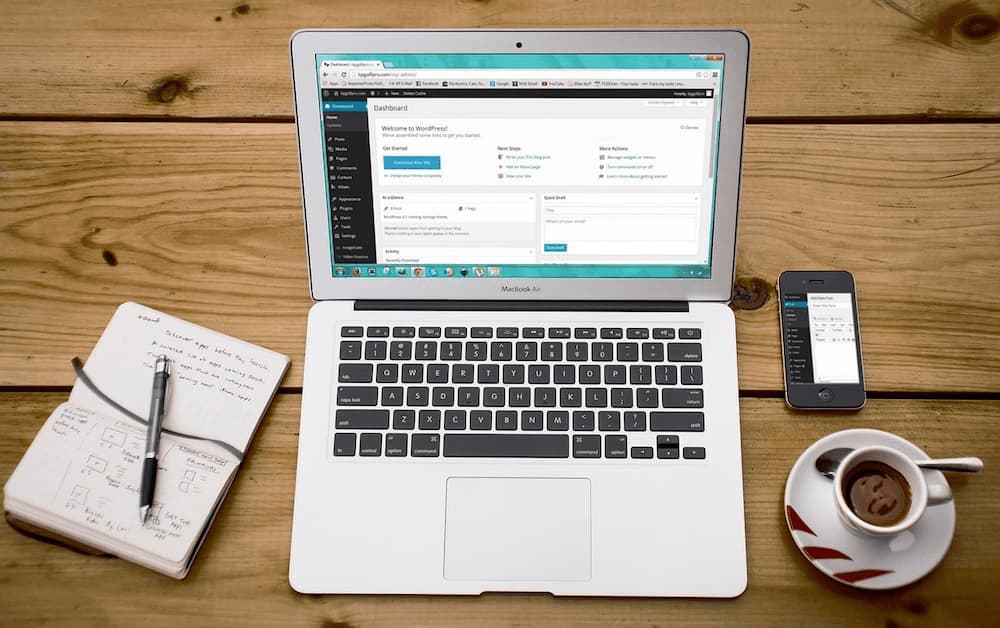
Obtaining informed consent for the use of Cookies
Under two massive data laws, the GDPR and the California Consumer Privacy Act (CCPA), companies are required to inform users about the use of cookies and other tracking technologies on a website and online services and to obtain prior consent before using them.
Specifically, this includes providing clear and concise information about the purposes for which cookies are used, the types of cookies used, and the duration of time that cookies are stored.
One way to comply with these regulations and inform users about the use of cookies is through a cookie banner, a privacy notice that appears when a user first visits the site.
In order to ensure compliance with an ePrivacy regulation and its latest guidelines, it is essential for companies to consider the user’s language preferences when designing their cookie banner. A multilingual cookie banner can ensure that all users have access to the information they need and can make informed decisions about their privacy, regardless of their language.
In addition to informing users about the use of cookies, companies must also obtain consent from users before using cookies. This is known as informed consent, requiring that users be given clear and concise information about the use of cookies and be allowed to accept or reject their use, as mentioned.
Under GDPR and CCPA, companies are also required to obtain consent for the use of third-party cookies, which are cookies that are set by a domain other than the one that the user is visiting. This includes certain cookies, the analytics cookies, which are used to collect data about the use of a website or online service.
Why are cookie banners important?
A cookie banner is a tool that enables users to learn the usage of your cookies. Cookies collect and use personal data. Data Protection Law protects personal data. Before using a cookie, you must obtain user consent for the application.
Is there a cookie policy for websites?
A cookie policy is a document that outlines how a website or online service uses cookies and other tracking technologies. It typically includes information about the types of cookies used on the site, the purposes for which they are used, the duration of time they are stored, and any third parties that may have access to the cookies.
A cookie policy is typically included as part of a website’s privacy policy. It is designed to inform users about the use of cookies on the site and to ensure compliance with relevant data protection laws and regulations.
Websites and online services need to have a clear and concise cookie policy in order to inform users about the use of cookies and to ensure compliance with data protection laws. A cookie policy can help build users’ trust by demonstrating a commitment to transparency and privacy.
Is there a difference between cookie consent, cookie notice, and consent banner?
There is a difference between cookie consent, cookie notice, and consent banner. While there is some overlap between these terms, they refer to slightly different aspects of the process of obtaining consent for the use of cookies. Cookie consent refers to the process of obtaining consent in general. In contrast, a cookie notice and a consent banner are specific tools used to inform users about the use of cookies and obtain consent.

Cookie consent
Cookie consent refers to the process of obtaining explicit consent from users for collecting and processing their personal data through cookies and other tracking technologies. This consent is typically obtained through a “cookie banner,” a pop-up window that appears on a website and explains how the site uses cookies and other tracking technologies.
In order to be effective, cookie consent must be clearly visible to users and easy to understand. This means that the cookie banner should be prominently displayed on the website and should not be hidden or difficult to find. The language used in the banner should be clear and concise, with the information presented in a way that is easy for users to comprehend.
Cookie consent is an essential aspect of the GDPR in the European Union. The law requires companies to obtain explicit consent from users for the collection and processing of their personal data. By obtaining cookie consent, companies can ensure compliance with data protection laws and give users greater transparency and control over their privacy.
Cookie notice
A cookie notice is a notice that appears on a website or online service when a user first visits the site. It is designed to inform users about the use of cookies and other tracking technologies on the site and to obtain consent for their use. The cookie notice should also allow users to accept or reject cookies.
In addition to informing users about the use of cookies, the cookie notice must also provide information about the use of third-party cookies, which are cookies set by a domain other than the one the user is visiting. This includes analytics cookies, which are used to collect data about the use of a website or online service, as well as third-party scripts, which are used to add additional functionality to a site.
Consent banner
A consent banner is a pop-up window that appears on a website and asks users for their consent to collect and process their data. These banners are often used to comply with data protection laws like GDPR.
Consent banners typically provide users with information about the collection and use of their personal data, as well as the option to give or withdraw their consent. It is important for companies to ensure that users are able to easily access and use these consent mechanisms.
In order to be effective, consent banners must be clearly visible to users and easy to understand. This means they should be prominently displayed on the website and not be hidden or difficult to find. The language used in the banner should be clear and concise, with the information presented in a way that is easy for users to comprehend.
Overall, these three terms are all related to the process of obtaining consent for the use of cookies and are essential tools for ensuring compliance with data protection laws and regulations and for informing users about the use of cookies on a website or online service.

The benefits of having a multilingual cookie banner under GDPR
There are several benefits to providing a multilingual version of the cookie banner for GDPR compliance.
Improve the user experience for non-native English speakers
First, a multilingual cookie banner can improve the user experience for non-native English speakers. Many websites are designed primarily for English-speaking audiences, which can make it difficult for non-native English speakers to understand the information presented to them.
By providing a version of the cookie banner in multiple languages, companies can make it easier for users to understand the information contained in the banner and make informed decisions about their privacy.
Build trust and credibility with users
Second, a multilingual cookie banner can help to build trust and credibility with users. By demonstrating a commitment to inclusivity and accessibility, companies can show that they value the privacy rights of all their users, regardless of language preference. This can foster a positive relationship with users and build trust in the company.
Ensure GDPR compliance
Third, a multilingual cookie banner can help to ensure GDPR compliance. If users do not understand the information contained in the banner, they may not provide informed consent. This could result in a GDPR breach and potentially lead to significant fines for the company.
By providing a version of the banner in multiple languages, companies can ensure that all users can give informed consent and avoid any potential GDPR violations.
Increased global reach
By providing a cookie banner in multiple languages, companies can make their site more appealing to users who speak different languages and expand their global reach. This can be especially important for websites that are targeted at users in different countries.
Enhanced accessibility and inclusivity
A multilingual cookie banner can help to enhance the accessibility and inclusivity of a site by demonstrating a commitment to providing important information in multiple languages. This can build trust with users and encourage them to return to the site in the future.
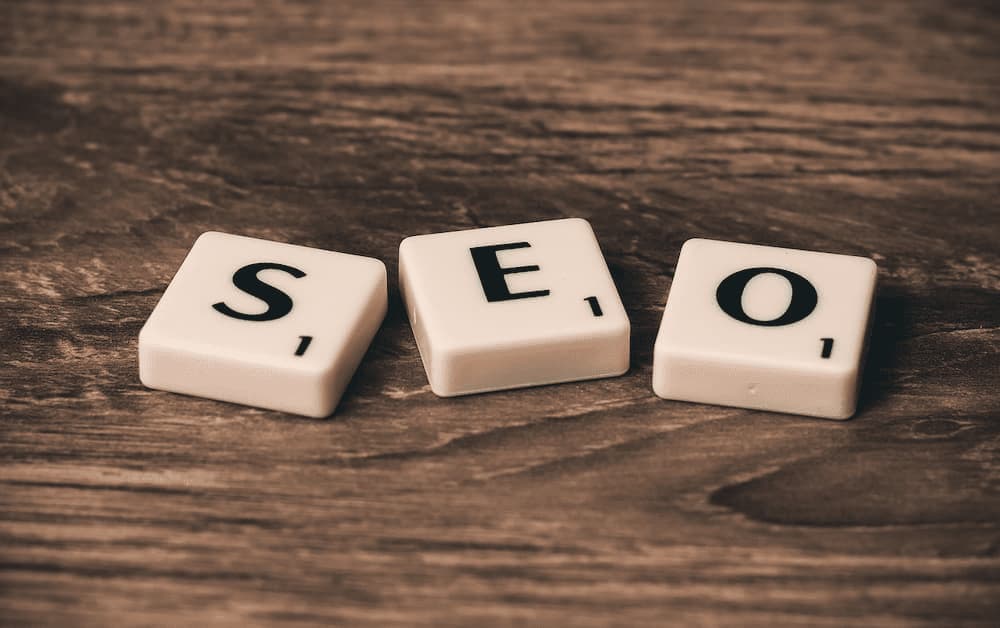
Improved SEO
Having a multilingual cookie banner can also help improve a site’s search engine optimization (SEO) by making it more appealing to users who speak different languages. This can help increase the site’s visibility in search results and drive more traffic to the site.
Increased customer satisfaction
By providing a cookie banner in multiple languages, companies can show that they value the privacy and preferences of all their users and are willing to go the extra mile to ensure that everyone has access to the information they need. This can increase customer satisfaction and encourage users to return to the site in the future.
Improved brand image
A multilingual cookie banner can also help improve a company’s brand image by demonstrating a commitment to accessibility and inclusivity. This can enhance the company’s reputation and make it more appealing to users who speak different languages.
Overall, the benefits of a multilingual cookie banner include the following:
- Improving the user experience for non-native English speakers.
- Building trust and credibility with users.
- Ensuring GDPR compliance.
Companies should carefully consider the benefits of a multilingual approach when designing their cookie banners.
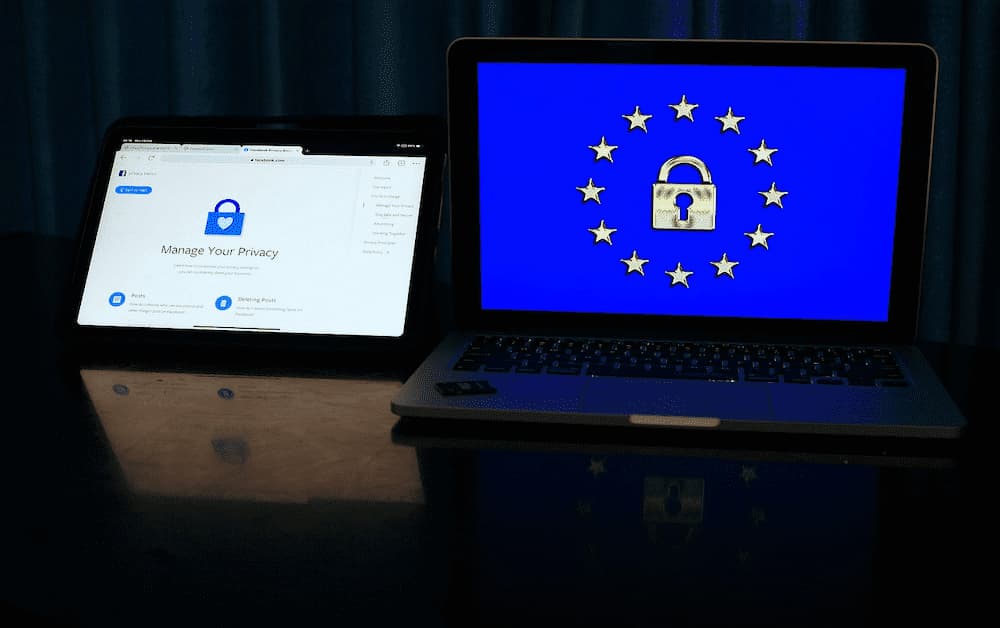
Enhancing GDPR compliance with a multilingual Cookie banner
In conclusion, multilingual cookie banners can provide a number of benefits for companies that are subject to the General Data Protection Regulation (GDPR). By providing a version of the cookie banner in multiple languages, companies can improve the user experience for non-native English speakers and enhance the accessibility and inclusivity of the site.
A multilingual cookie banner can also help to increase the global reach of a site and enhance its credibility and trust with users. In addition, a multilingual cookie banner can help to ensure compliance with GDPR requirements by providing clear and concise information about the use of cookies in multiple languages and obtaining informed consent from users. Overall, the use of a multilingual cookie banner can provide a number of benefits for both users and the website or online service itself.


